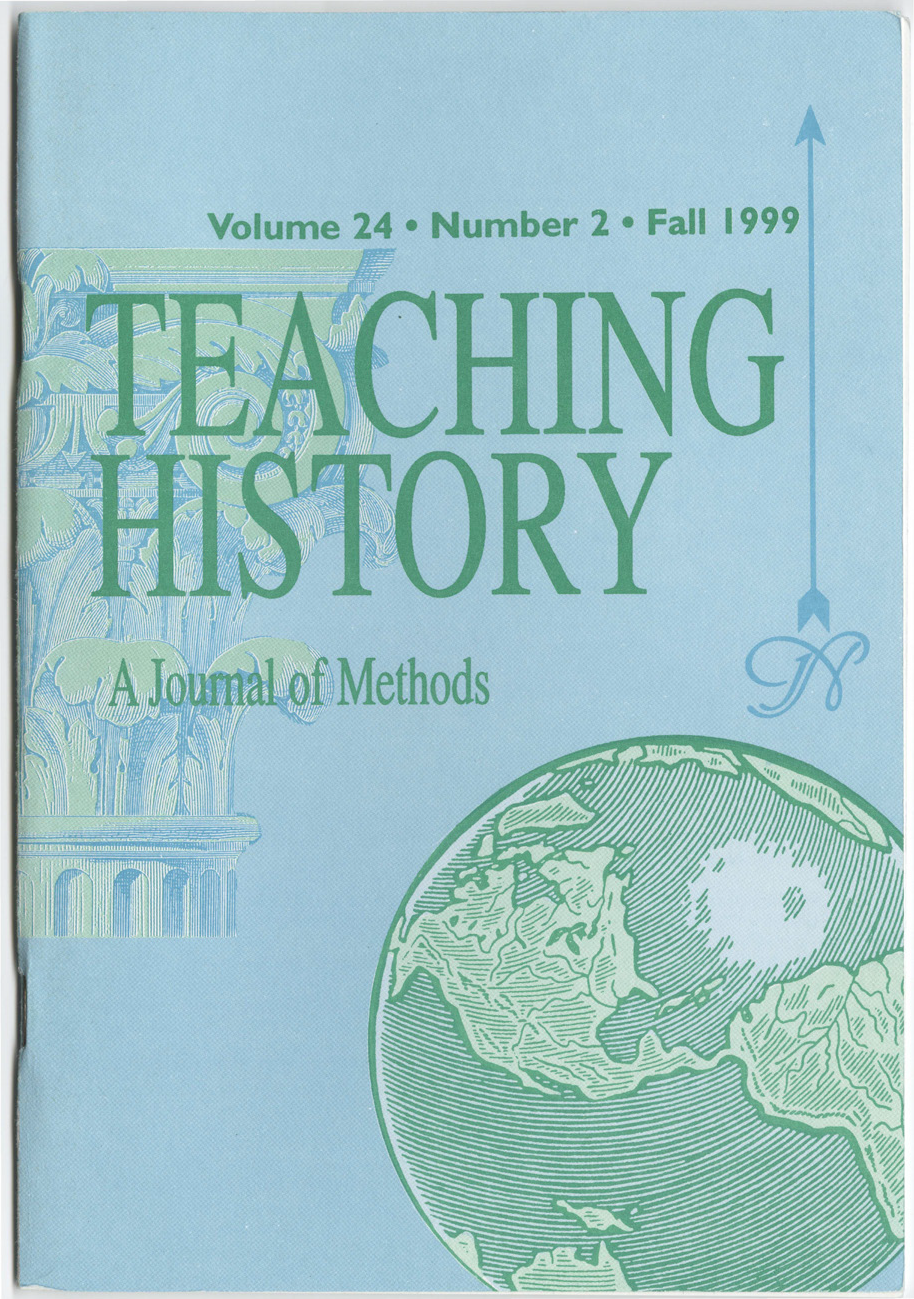Nardo, The Fall Of The Roman Empire
DOI:
https://doi.org/10.33043/TH.24.2.85-86Abstract
This short book is one of a series of "Opposing Viewpoints Digests" published by Greenhaven Press. The series aims to present "thought-provoking argument and stimulating debate" on various topics. This example succeeds admirably. It begins with "A Short History of Rome's Fall," which presents the facts and chronology of events with as little interpretation and opinion as possible. Similarly, the appendices to the book provide longer quotations from primary and secondary sources quoted briefly in the text, as well as a timeline of events, the chronology of Roman emperors, and an annotated bibliography. Between these two information sections, four explanations of Rome's fall are presented: changes in population, internal (class and religious) disunity, economic decay, and invasion and military conquest. A fifth chapter proposes that "Rome Did Not Fall in the Fifth Century." Within each chapter, three different views are presented. For example, in Chapter 1, "Changes in Population Caused Rome's Fall," the subdivisions are as follows: "Manpower Shortages Weakened the Empire," "Intermarriage Led to Rome's Fall," and "Intermarriage Played No Part in Rome's Decline and Fall." The viewpoints are summarized by Don Nardo, with ample questions from various historians. Nardo writes clearly and succinctly, and he glosses the vocabulary of his quotations in a way that should make them accessible even for students whose vocabulary is limited.
Downloads
Downloads
Published
How to Cite
Issue
Section
License
Copyright (c) 1999 Tia M. Kolbaba

This work is licensed under a Creative Commons Attribution-NonCommercial-NoDerivatives 4.0 International License.
By submitting to Teaching History, the author(s) agree to the terms of the Author Agreement. All authors retain copyrights associated with their article or review contributions. Beginning in 2019, all authors agree to make such contributions available under a Creative Commons Attribution-NonCommercial-NoDerivatives 4.0 International license upon publication.



